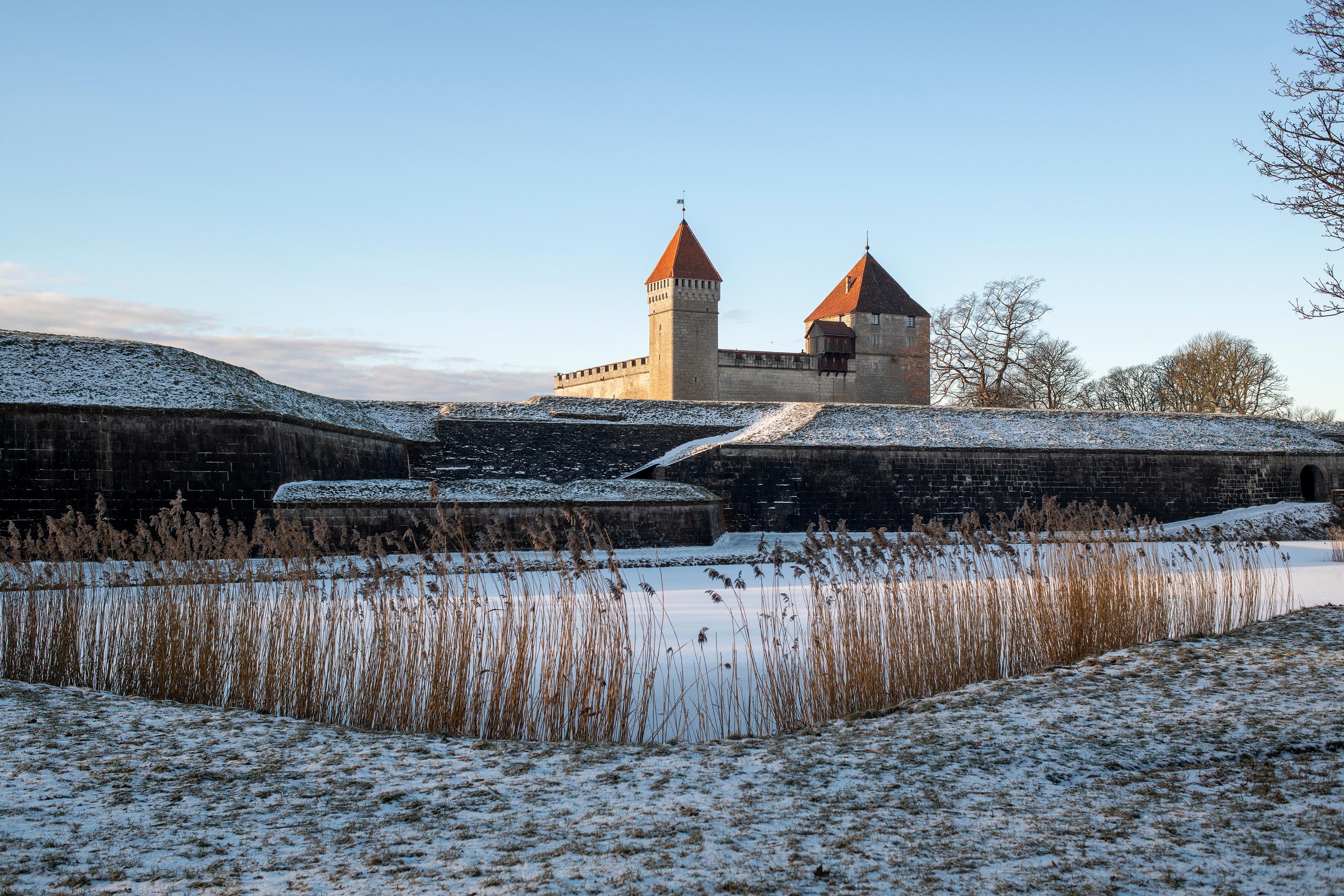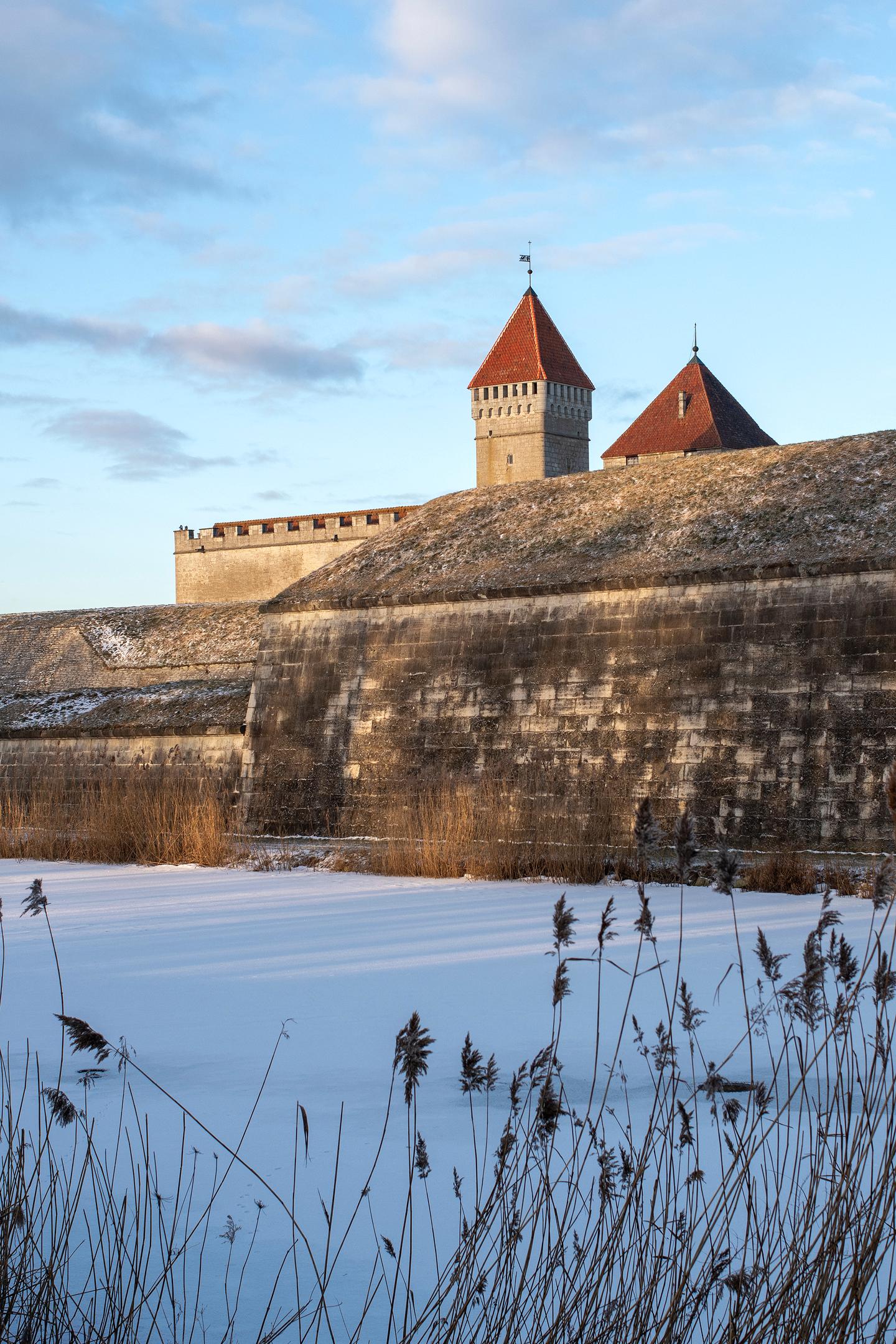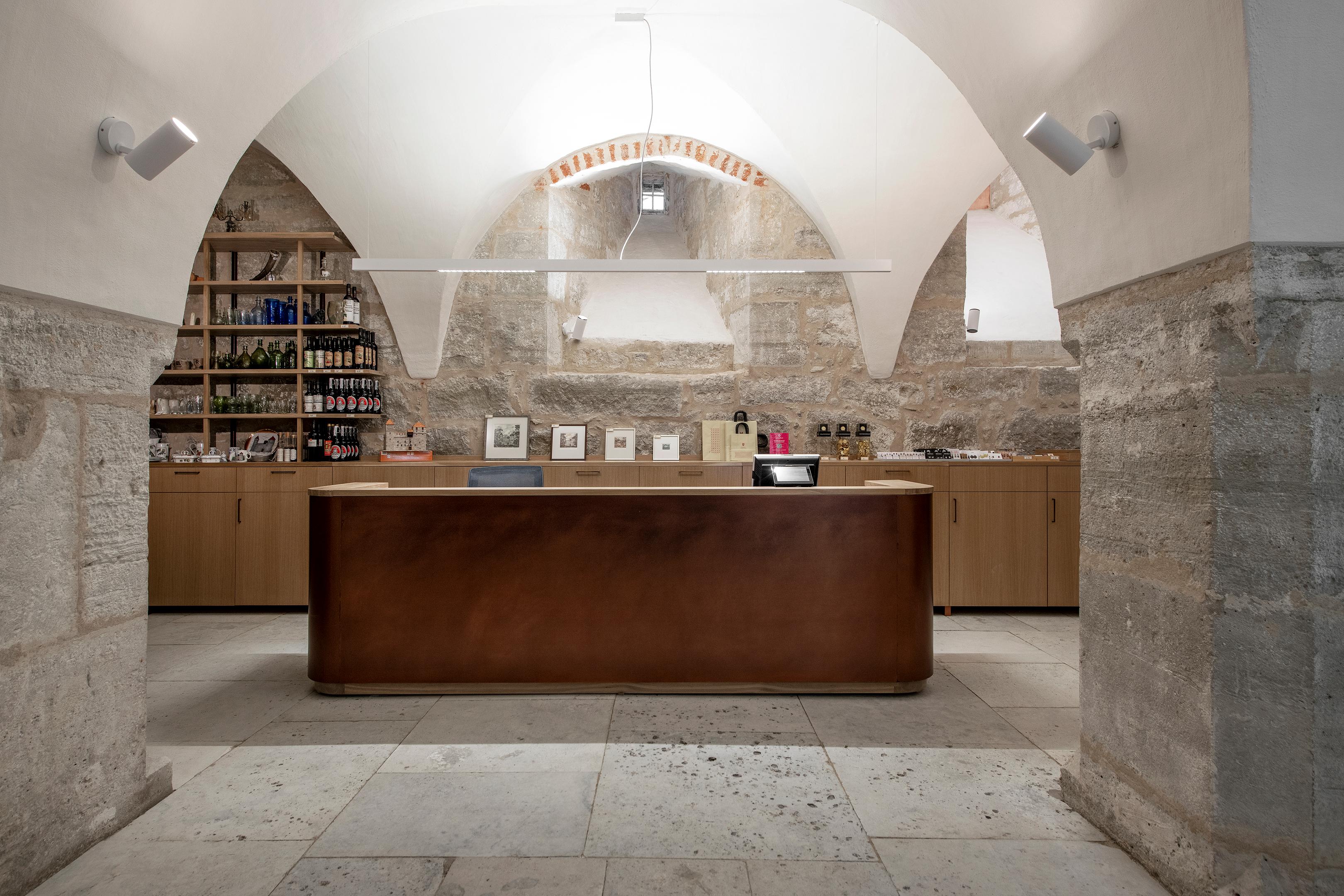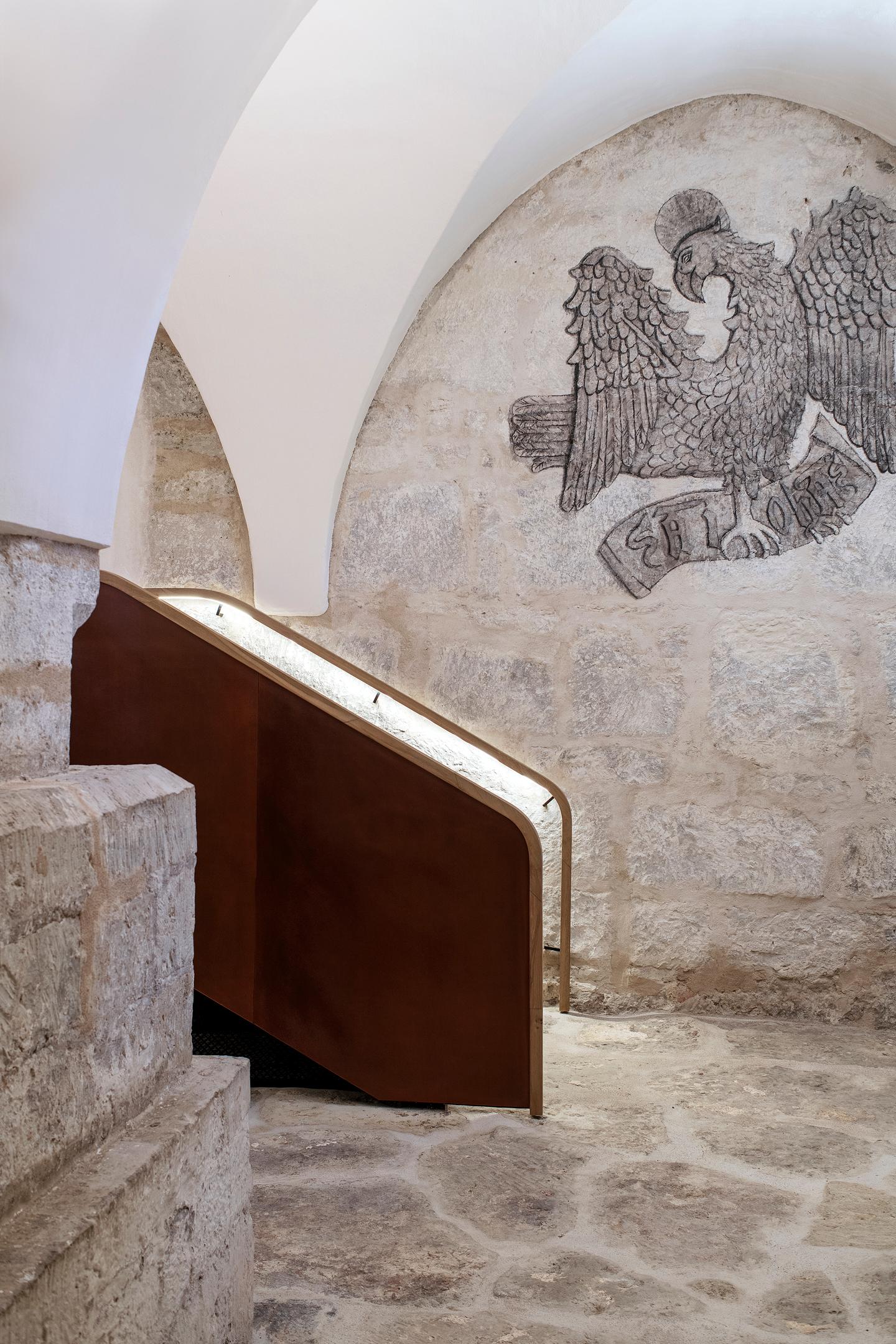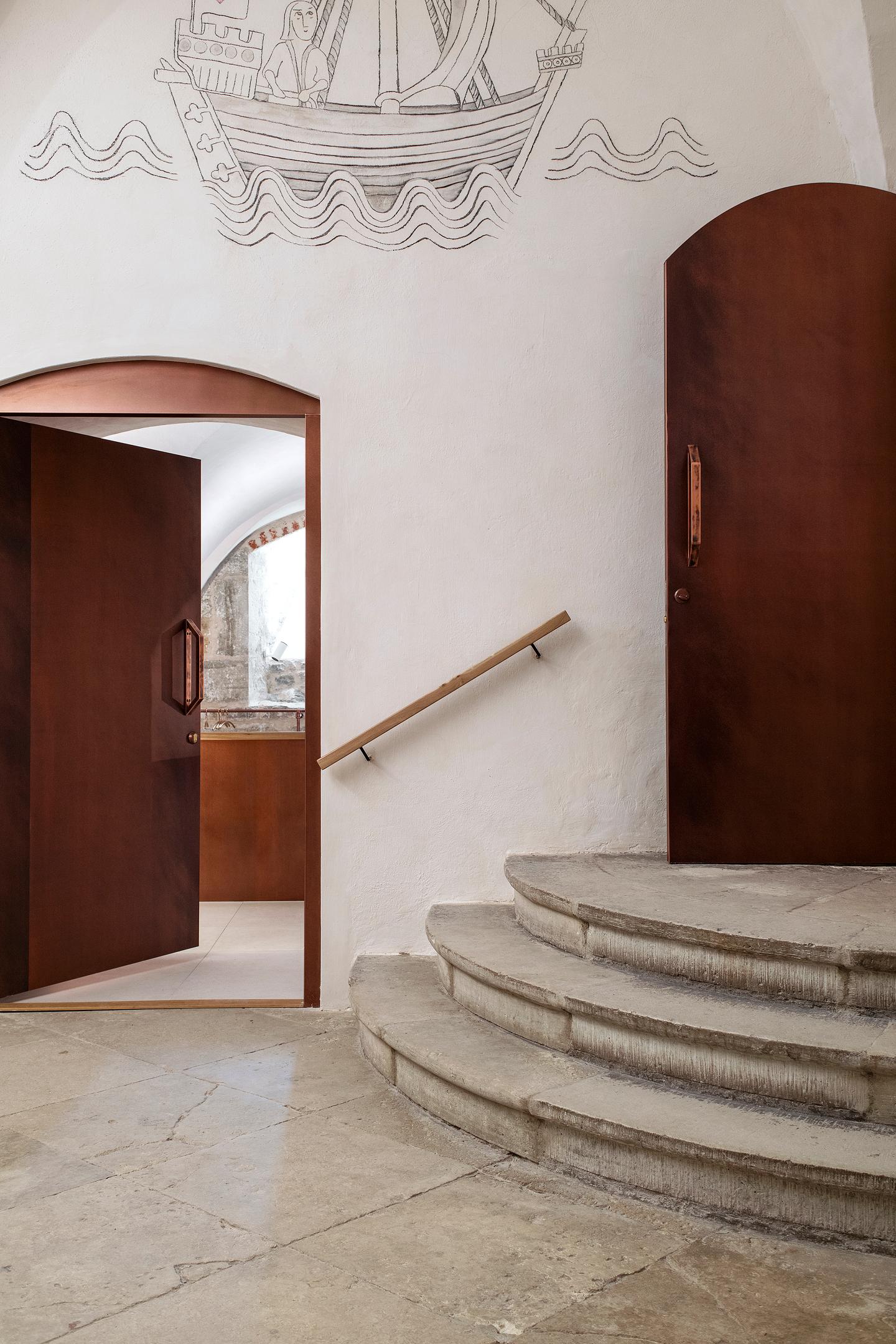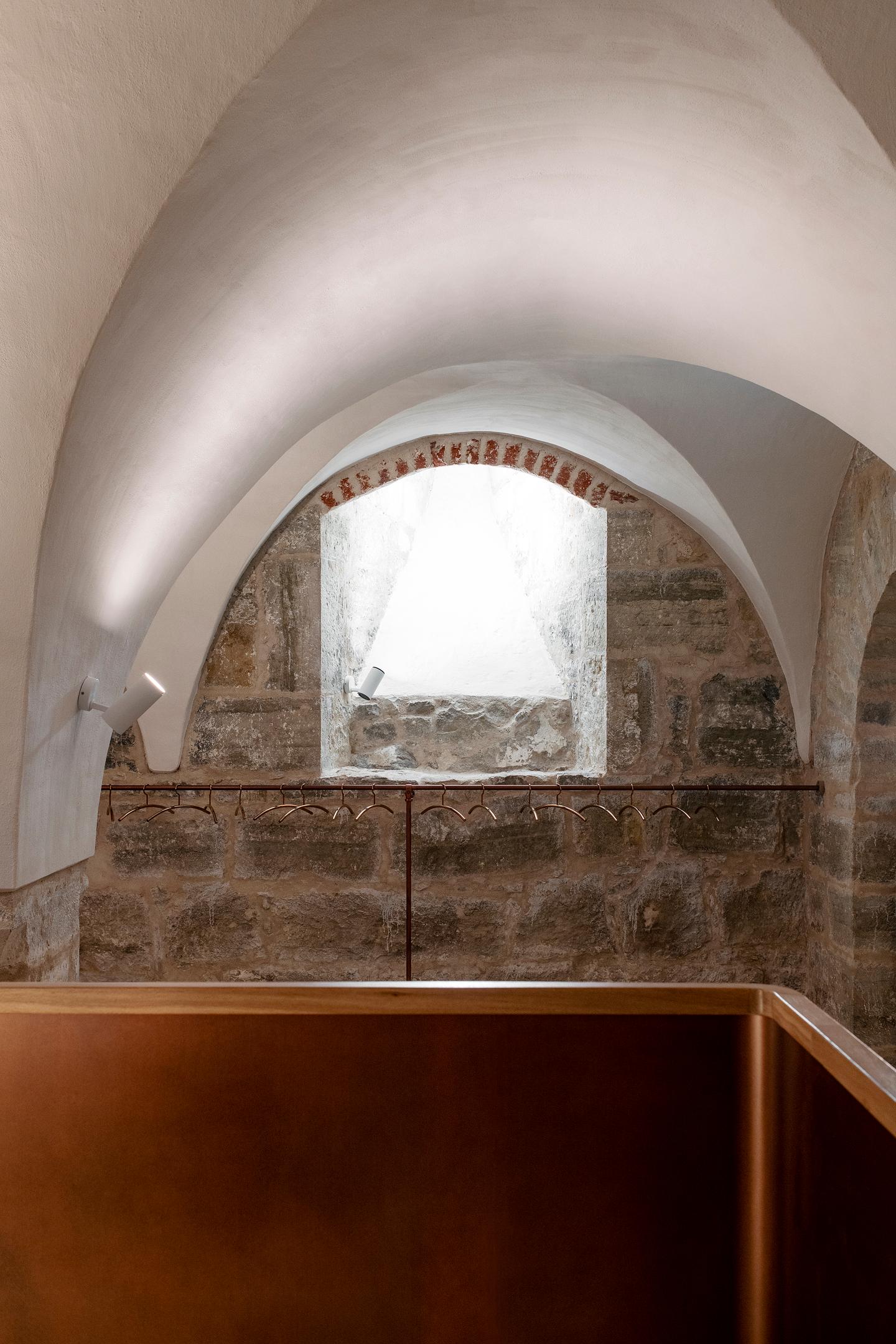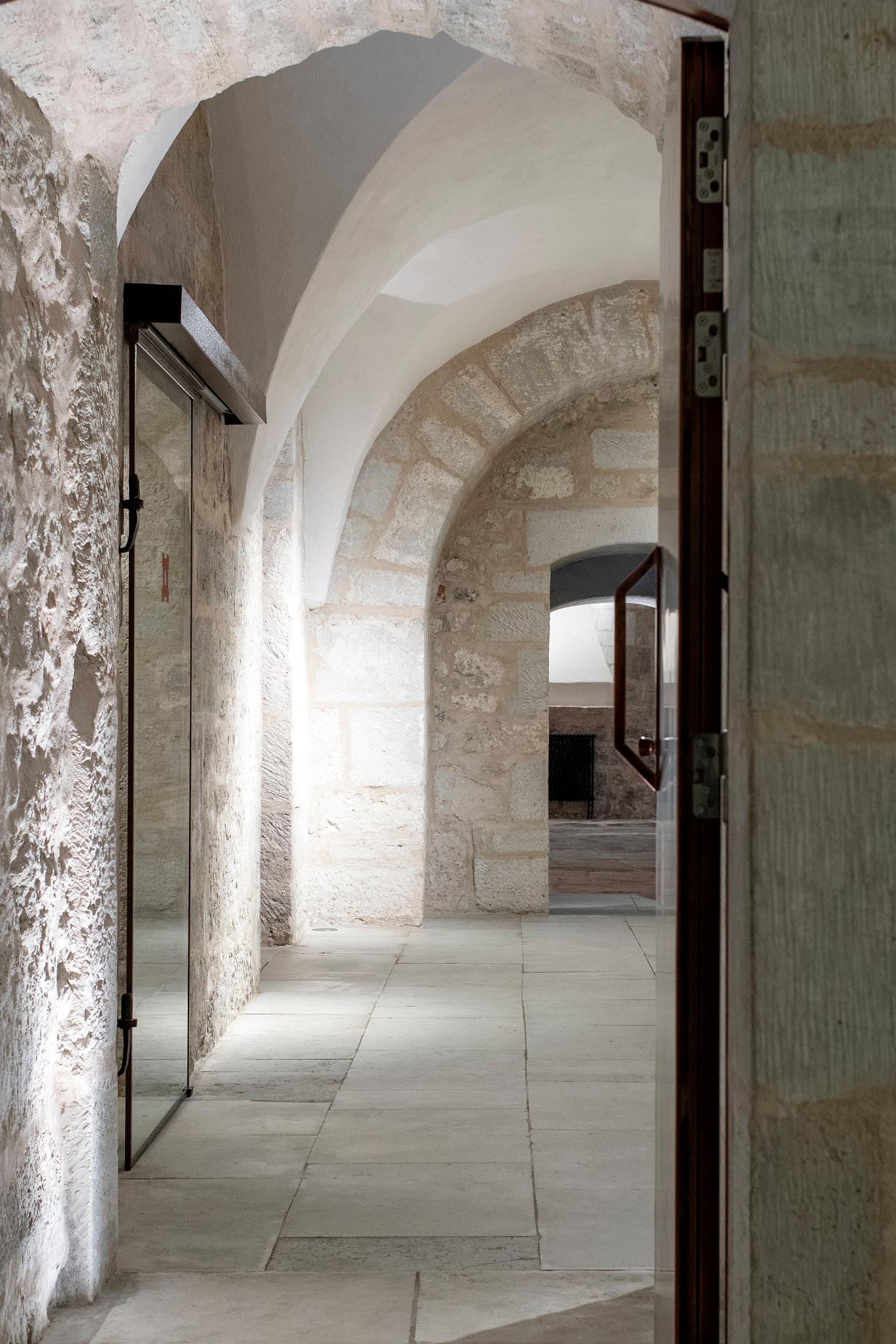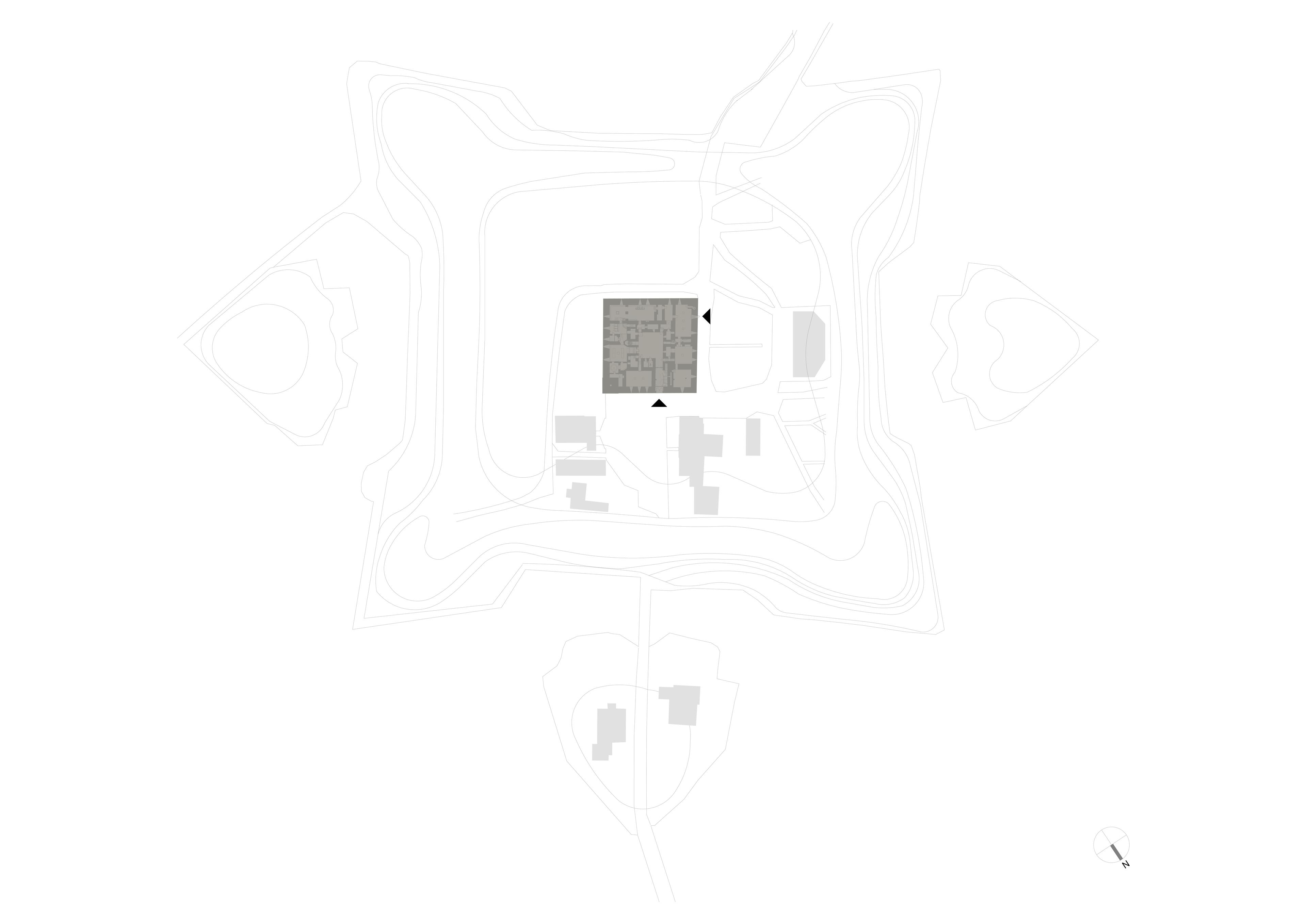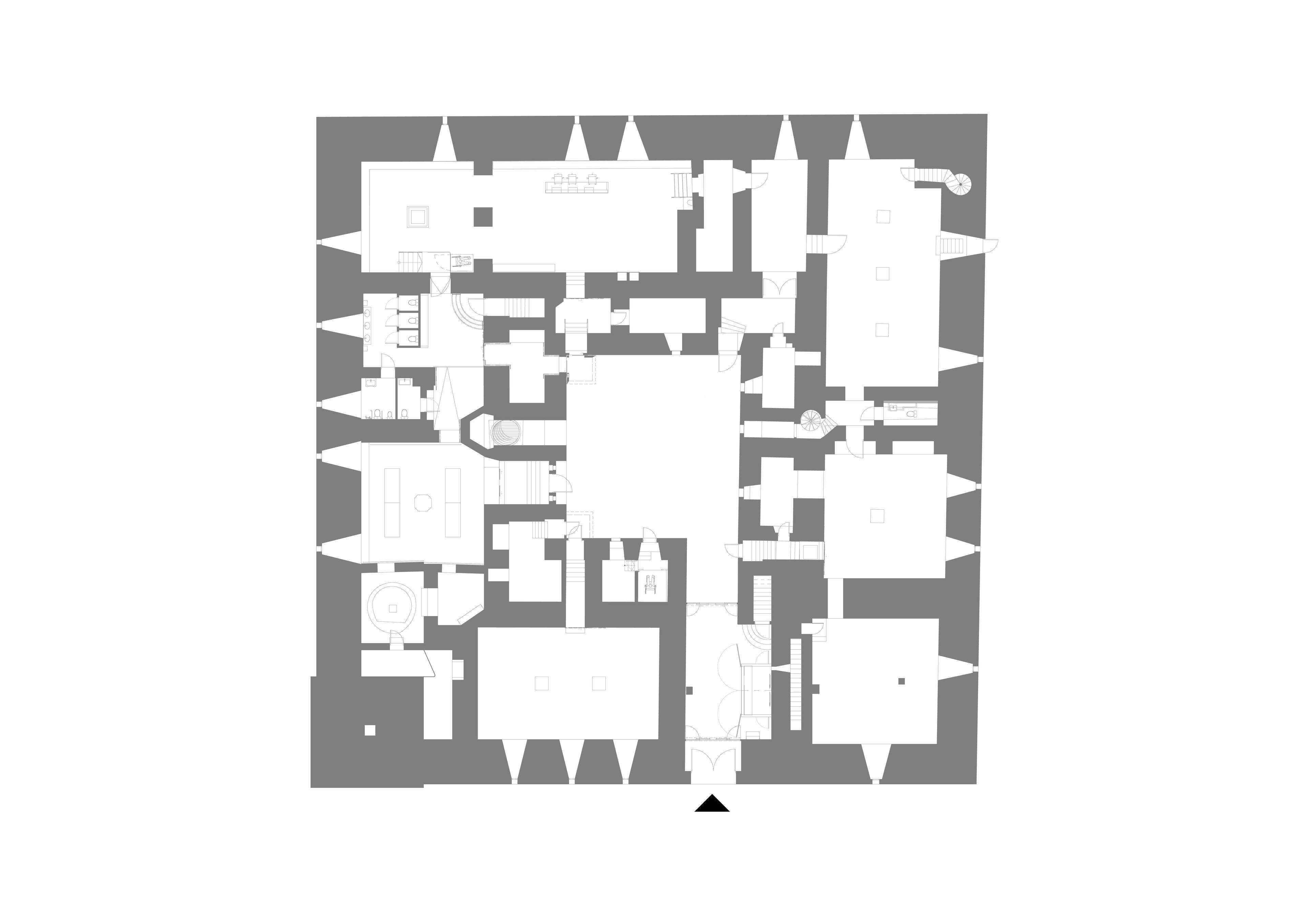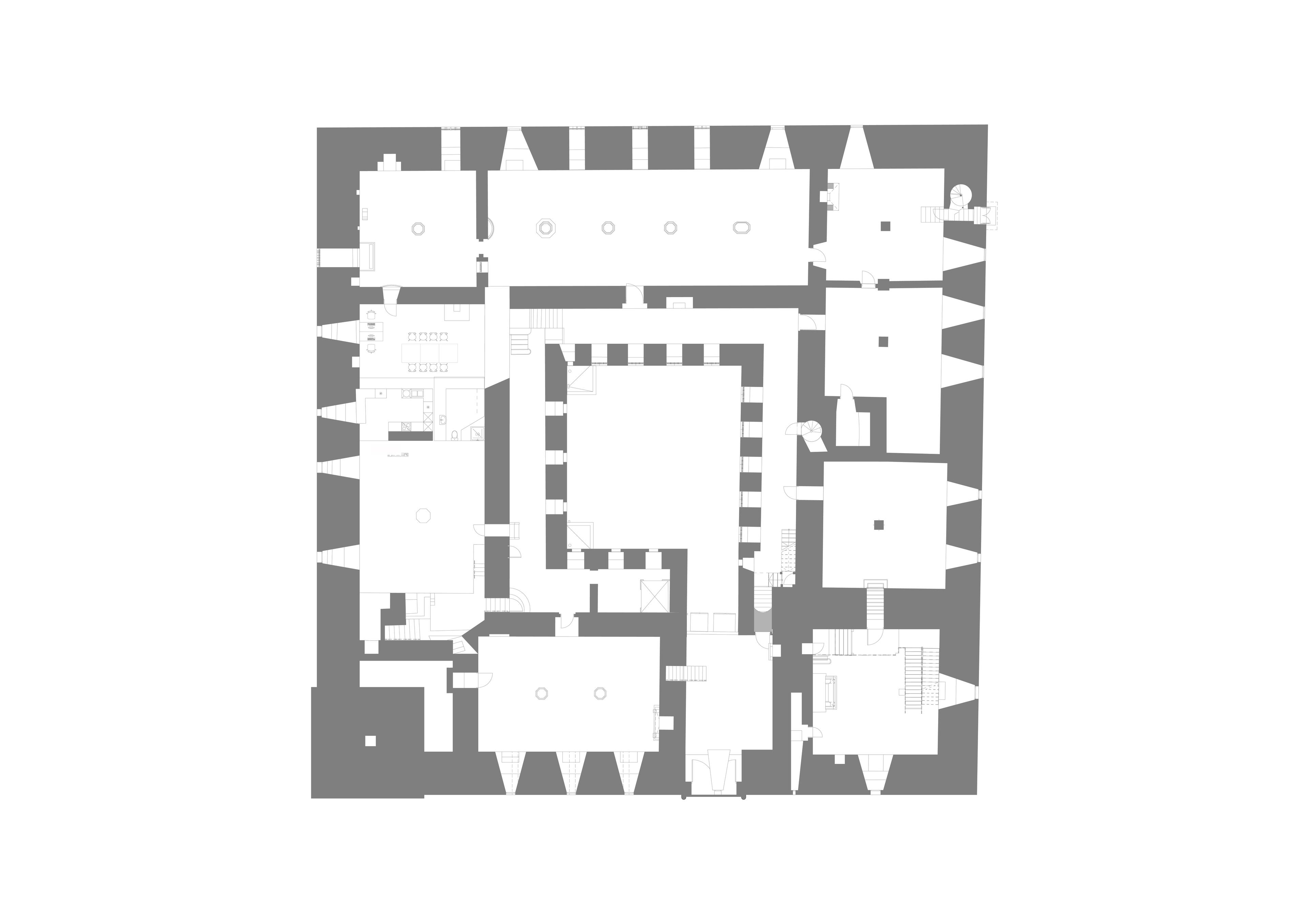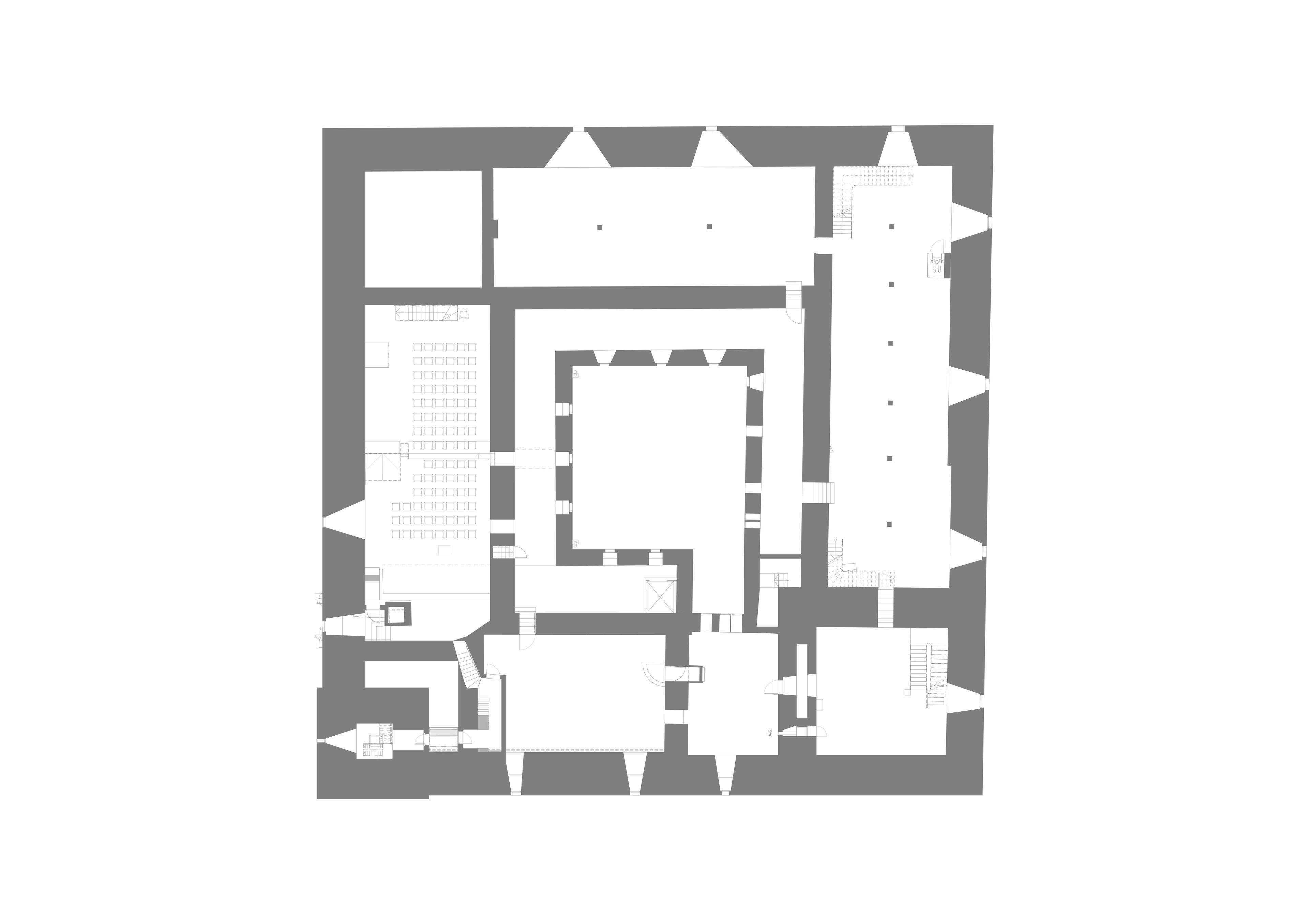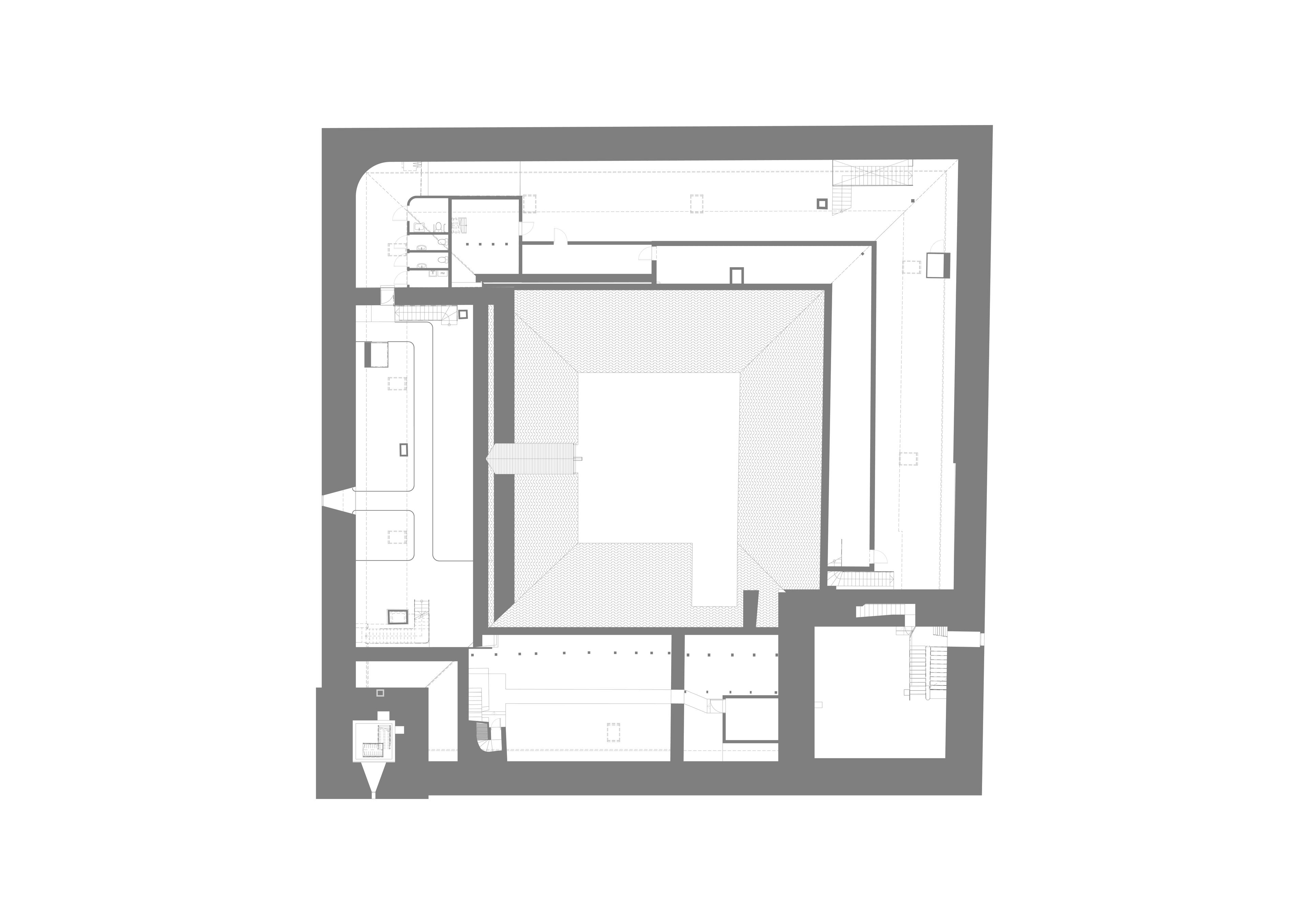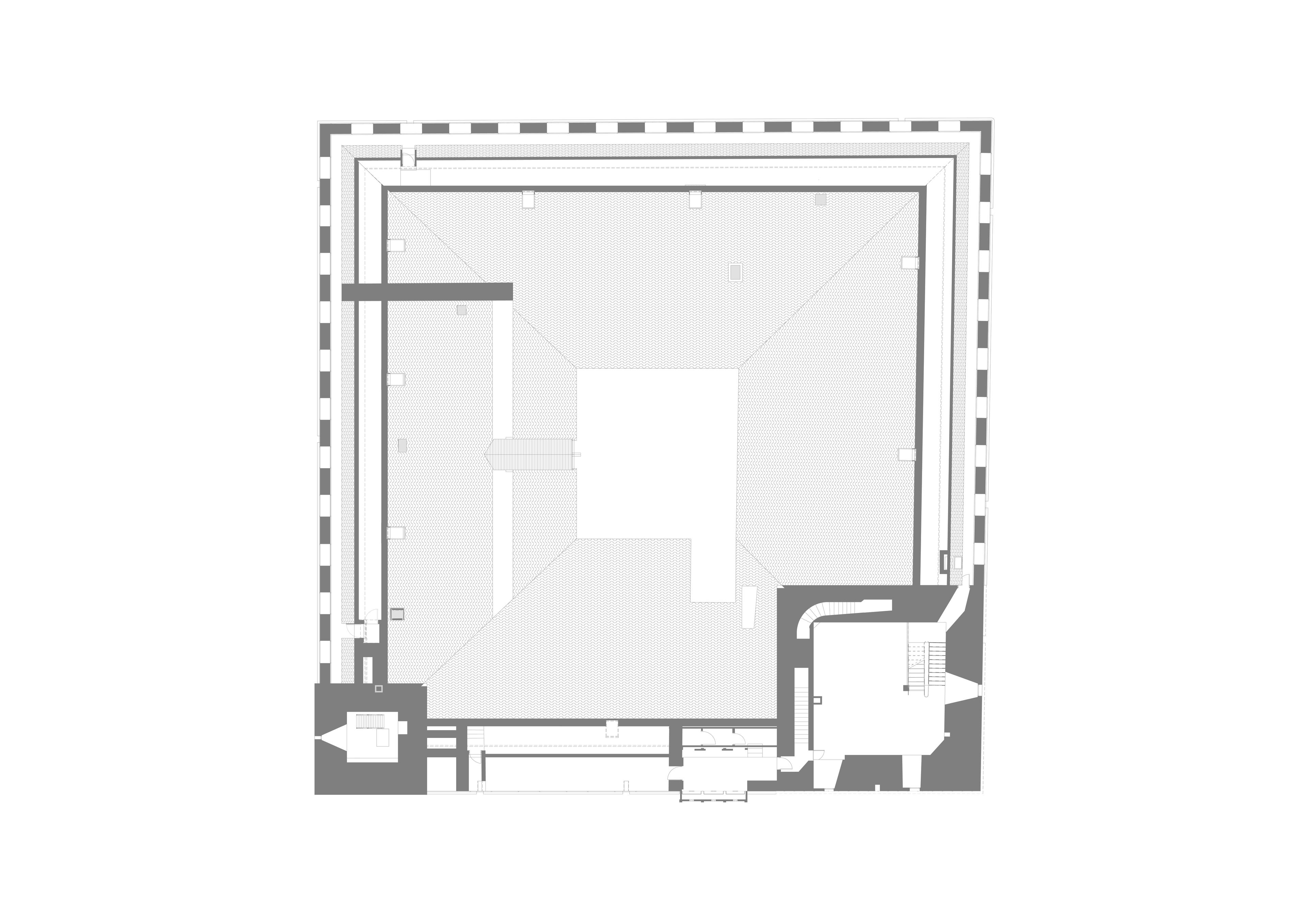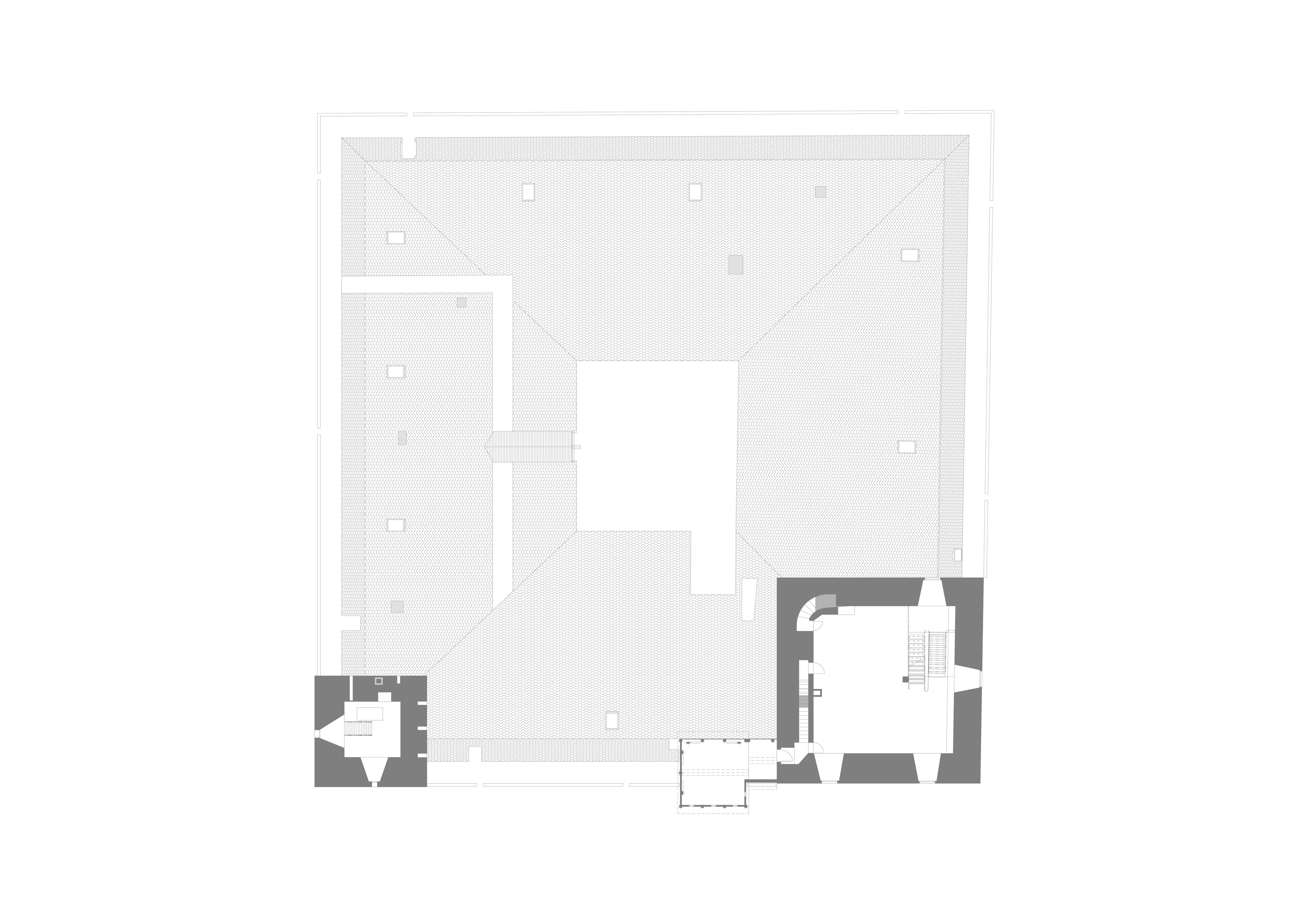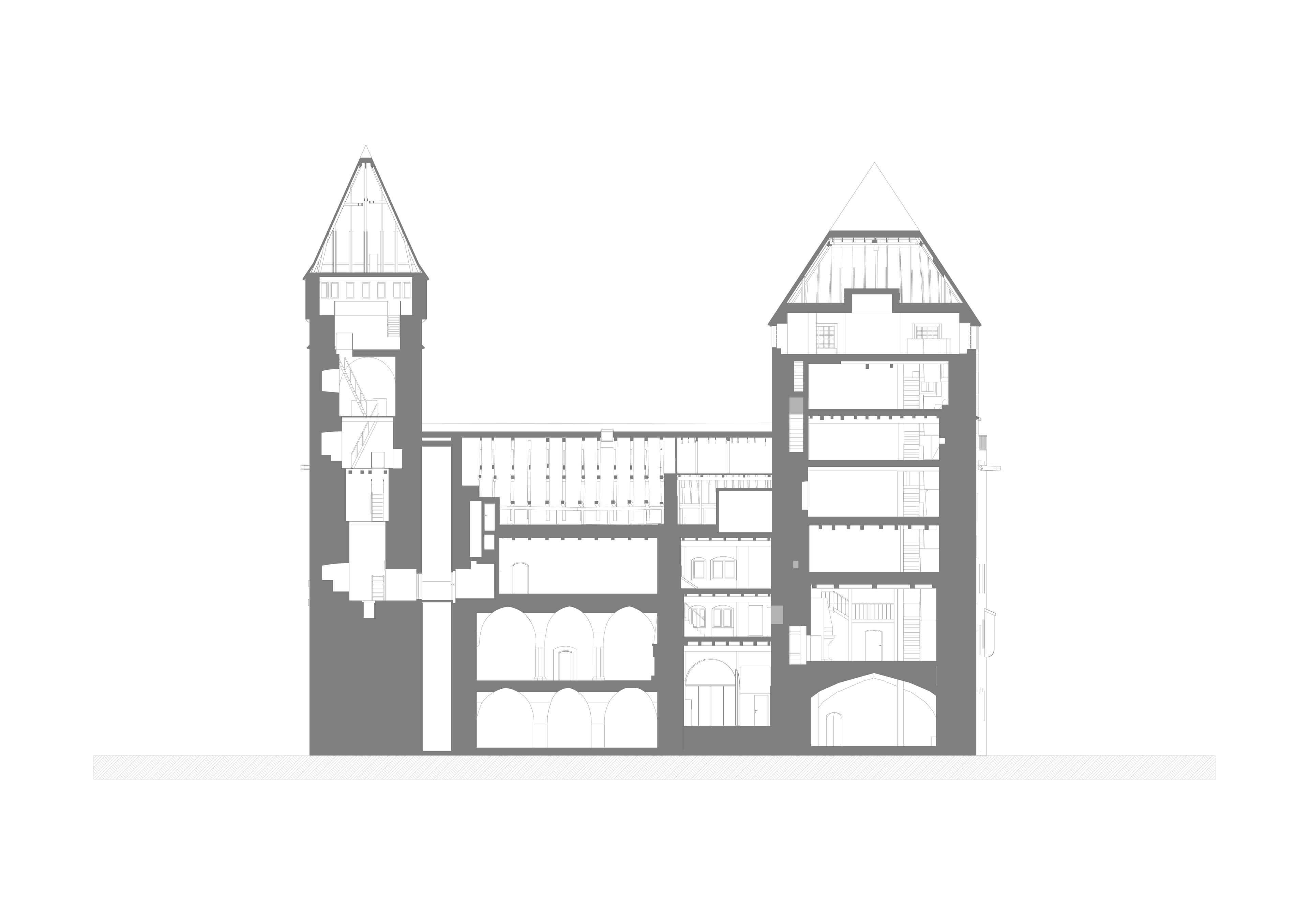Kuressaare Episcopal Castle
Location
Lossihoov 1, Kuressaare, Estonia
Area
8600 m2
Status
Completed in 2024
Architecture and interior architecture
LUMIA and studio ARGUS
Margit Aule, Kristi Merilo, Margit Argus and Elo Liina Kaivo
Exposition
studio ARGUS
Photography
Terje Ugandi
Awards
2024 - Laureate of the annual prize of the Estonian National Heritage Protection Board in the category "Well-restored interior"
Kuressaare Episcopal Castle is one of Estonia’s best-preserved fortification structures, with initial records dating back to the early 1380s during Medieval period. Commonly known as the castle among the people, it was rebuilt from the former castle and monastery buildings at the request of the Bishopric of Ösel-Wiek, intent to serve as the bishop’s residence in Saaremaa. The bishopric was part of the Holy Roman Empire, with its court located in Prague. The architect of Kuressaare Episcopal Castle also came from Bohemia and is known as Master Johann. Essentially, it is a unique water fortress built directly on low coastal terrain, close to a favourable harbour location.
The architecture of the Episcopal Castle is world-class. Due to its quadrangular shape and enclosed structure, the castle has been referred to as convent building, although monks never lived there; it served as the bishop’s court. So-called convent building is a monumental example of late Gothic style castle construction in Northern Europe, characterised by its austere exterior made of undecorated, hewn dolomite blocks. Square windows dominate the openings of the façade, which were actually unusual in the 14th century. The architectural forms of the façade exude a strict geometric beauty, symbolising protection.
The interior of the Castle was designed to be cosy, showcasing tasteful architecture and décor. The main rooms such as the chapel, refectory, and dormitories are located on the main floor. There is also a former apartment with the bishop’s living and sleeping quarters, adorned with heraldic epitaphs dating back to the latter half of the 17th century. The bishop’s private rooms were equipped with central heating. A beautifully vaulted gallery connects all the main floor rooms.
Kuressaare Episcopal Castle is the only medieval fortress in the Baltic region that has survived without significant alterations. Over the centuries, the castle has changed the owner, being under Danish or Swedish rule at different times. In the early 20th century, the castle was restored as the residence of the Saaremaa Knighthood. In 1920, during the young Republic of Estonia, it was taken over from the Knighthood and served as a post office for a while. Today, the Saaremaa Muuseum uses the Castle, introducing and showcasing local history.
Our work included the renovation of the four wings of the Castle, courtyard, and gateway. In the first stage, we designed new technical and electrical systems, improved accessibility, and updated spaces for the museum shop. Additionally, we created a new entrance solution. This solution is airy and delightful, it creates a modern contrast to castle’s heavy walls.
For partition walls and doors, we preferred glass as a material, which does not interfere with the historical layer but its tastefully modern. The primary building material of the castle, Saaremaa limestone, has a yellowish tone, so we harmonised it with warm oak wood and copper, used, for example, on stair railings and the new ticket office. In creating its pavilion-like shape, we drew inspiration from the Romanesque style's rounded arches.
In Kuressaare Castle, many historical details have been preserved. Our aim was to dignify these elements and allow the monumentality of the Episcopal Castle to be felt. During the works, an old well unexpectedly emerged from the wall, which, along with archaeological finds from the castle, became part of the museum's exhibition. The new layer does not dominate but sympathetically highlights the existing heritage.
Kuressaare Episcopal Castle is one of Saaremaa's symbols, with significant meaning for both locals and visitors. The restoration of the castle provides all visitors with the opportunity to experience the grandeur of medieval architecture in a modern setting.
